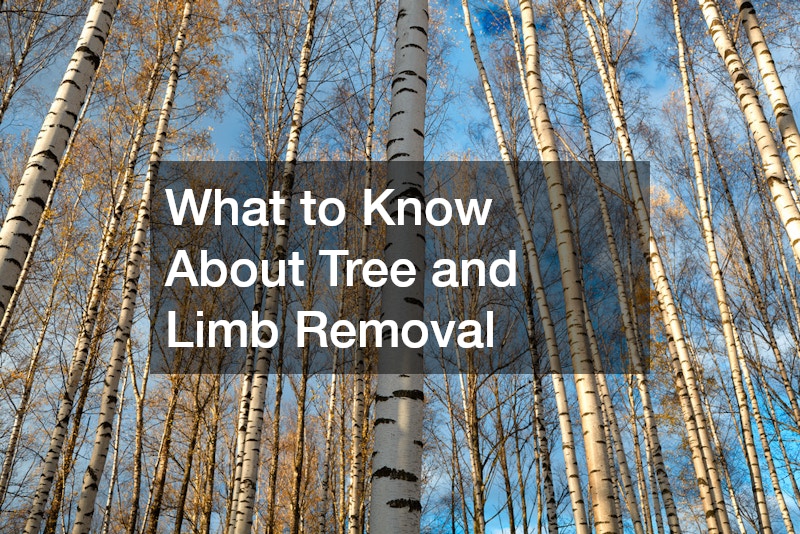

Tree and limb removal is a crucial part of maintaining the safety and appearance of your property. Whether it’s due to storm damage, disease, or simply overgrowth, removing a tree or large branches requires careful consideration and expertise. Here’s what you need to know before proceeding with tree and limb removal.
Assess the Tree’s Condition
Before deciding on removal, assess the tree’s overall health and structural integrity. A tree that is leaning, dead, or has large, weakened limbs could pose a serious hazard to your home, vehicles, or power lines. Consult with a certified arborist or tree care professional who can determine if removal is necessary or if other measures, such as trimming, can help maintain the tree’s health.
Hiring a Professional
Tree and limb removal can be dangerous, especially for larger trees or branches near structures. Hiring a professional ensures the job is done safely and efficiently. Professionals have the necessary equipment, such as chainsaws, cranes, and safety gear, to remove trees without damaging surrounding property. They are also insured, which can protect you from liability in case of accidents.
Local Regulations and Permits
Depending on where you live, tree removal might require special permits or be subject to local regulations. Some cities and neighborhoods have guidelines for tree removal to protect the environment or preserve the appearance of a community. Always check with your local government or homeowners’ association before scheduling a removal.
Timing Matters
Timing plays a role in tree removal. Winter or early spring is often the best time to remove trees, as they are dormant and less likely to interfere with other plants. However, if the tree poses an immediate danger, it’s essential to act as soon as possible, regardless of the season.
Disposal of Debris
Once the tree or limb is removed, you’ll need to plan for the disposal of the debris. Many tree removal services offer cleanup as part of their service, grinding down the stump and removing branches. Alternatively, you may choose to keep the wood for firewood or mulch.



